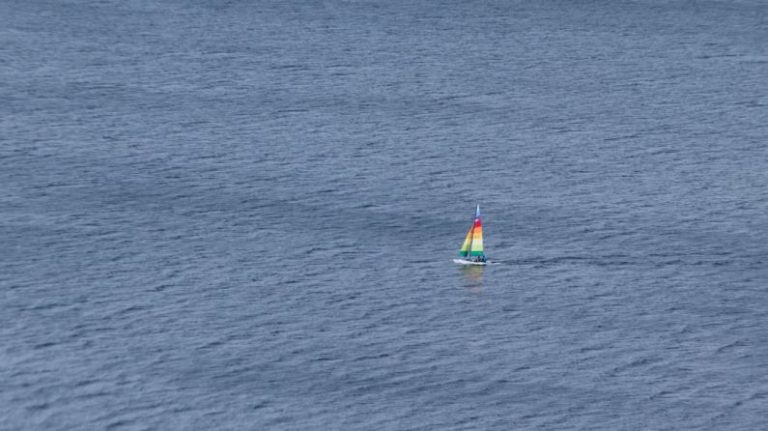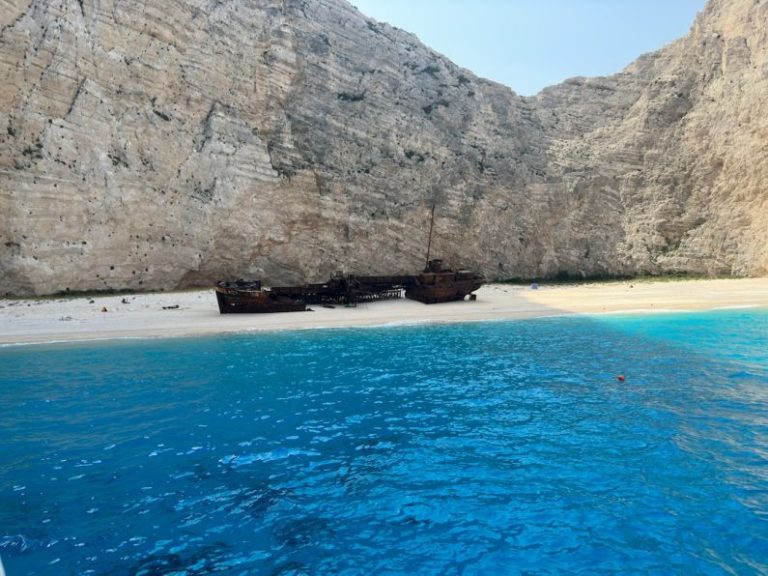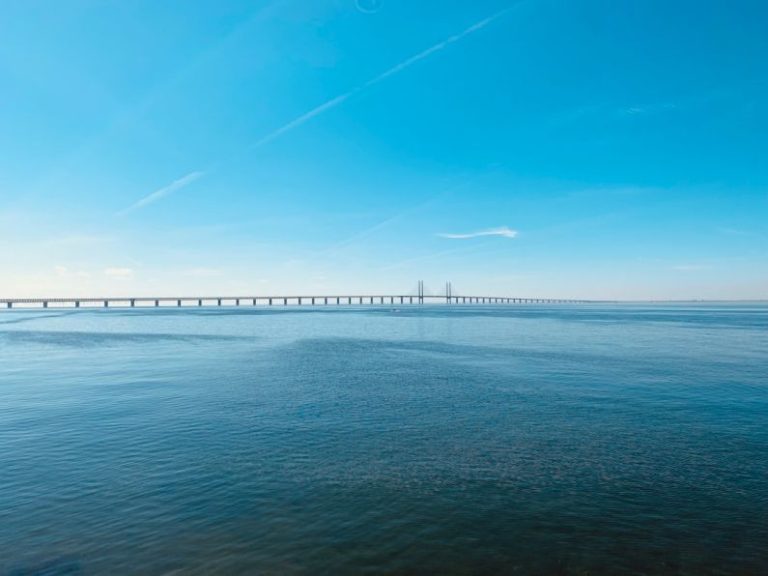The Renaissance of Traditional Sailing Techniques
In a world dominated by modern technology and rapid advancements, there is a growing movement towards reviving traditional sailing techniques. The art of sailing has been passed down through generations, with ancient methods and practices holding a unique charm and allure for those seeking a connection to the past. As technology continues to evolve, many are turning to traditional sailing as a way to reconnect with nature, history, and themselves.
Preserving Heritage and Culture
Traditional sailing techniques have been a crucial part of maritime history for centuries. From the majestic tall ships of the Age of Exploration to the sleek dhows of the Arabian Sea, each vessel tells a story of craftsmanship, skill, and ingenuity. By embracing traditional sailing methods, enthusiasts are not only preserving a vital part of our maritime heritage but also keeping alive the cultural practices and traditions that have been passed down through the ages.
Sustainable Practices and Environmental Awareness
One of the key reasons for the resurgence of traditional sailing techniques is the focus on sustainability and environmental awareness. Modern ships rely heavily on fossil fuels and produce significant emissions that contribute to climate change. In contrast, traditional sailing vessels harness the power of the wind, allowing for a cleaner and more environmentally friendly mode of transport. By promoting sustainable practices and reducing reliance on fossil fuels, traditional sailing enthusiasts are contributing to the fight against climate change and advocating for a more sustainable future.
Challenges and Rewards of Traditional Sailing
While traditional sailing techniques offer a unique and rewarding experience, they also come with their own set of challenges. Mastering the art of sailing requires skill, patience, and a deep understanding of the sea and weather conditions. Traditional sailing vessels can be more difficult to handle than modern ships, requiring a higher level of seamanship and navigation expertise. However, the rewards of traditional sailing are unmatched – the feeling of harnessing the power of the wind, the sense of freedom and adventure, and the connection to nature are all part of the allure of traditional sailing.
Reviving Ancient Navigation Methods
One of the most fascinating aspects of traditional sailing is the use of ancient navigation methods. Before the invention of GPS and modern navigation tools, sailors relied on a combination of celestial navigation, dead reckoning, and knowledge of local currents and winds to navigate the seas. By reviving these ancient navigation techniques, enthusiasts are not only honoring the seafaring traditions of the past but also gaining a deeper appreciation for the art and science of navigation.
Community and Camaraderie
Traditional sailing also fosters a strong sense of community and camaraderie among enthusiasts. Sailing aboard a traditional vessel requires teamwork, communication, and trust among crew members. The shared experience of working together to navigate the seas and overcome challenges creates strong bonds and lasting friendships. From tall ship regattas to traditional sailing festivals, the community of traditional sailing enthusiasts continues to grow, united by a shared passion for the sea and sailing.
Embracing the Future of Traditional Sailing
As the renaissance of traditional sailing techniques continues to gain momentum, it is clear that this ancient art form has a bright future ahead. By preserving maritime heritage, promoting sustainability, and reviving ancient navigation methods, traditional sailing enthusiasts are not only keeping a valuable part of our history alive but also inspiring future generations to appreciate the beauty and art of sailing. The resurgence of traditional sailing is a testament to the enduring appeal of this timeless practice and its ability to connect us to the past while guiding us towards a more sustainable future.






